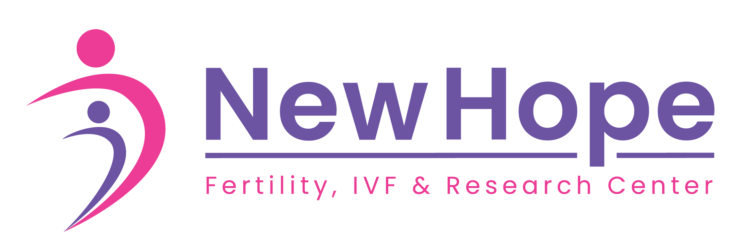Laser-assisted hatching
During an IVF treatment, fertilized eggs in the lab get divided and developed into an embryo. However, when the outer layer of this embryo is very hard, it is not easy to hatch. It also prevents the proper implantation of your embryo. To alleviate the infertility symptoms, we rely on the laser-assisted hatching process for successful embryo implantation. Visit our clinic to get the advantage of this reproductive technology and remove your concerns about infertility.

How does an embryo hatch?
Assisted hatching is much similar to the natural embryo hatching process. Before the presence of an embryo, there is an egg (oocyte). It includes a protein covering, zona pellucida, which helps in developing an embryo.
Before the conversion of an egg into an embryo, zona pellucida blends with some sperm cells, and it triggers the fertilization procedure. When a sperm cell gets into the shell for egg fertilization, zona pellucida becomes harder.
The hardened covering prevents the premature implantation of embryos in your fallopian tubes. When the zygote passes down the tube, it results in the blastocyst stage. Moreover, zona pellucida starts thinning andhas cracks. With the emergence of an embryo, the protein shell becomes separated. It is the process of hatching an embryo.
How do we use laser-assisted technology for embryo hatching?
There are several steps ranging from the egg retrieval process to the final embryo transfer. In most IVF treatments, we use frozen embryo transfers.
- Before transferring the embryo, we move it to the micromanipulation station of the clinic.
- Our professionals rely on an automated system to ensure the successful lab processes on your embryo. It will reduce the chance of combining your embryo with someone else.
- Then, we place the embryo on an inverted microscope. Our qualified embryologists identify the right place to deal with laser-assisted hatching.
- By measuring the right intensity and focus of the laser, we minimize the contact of heat with the nearby cells.
- As we use laser, it perforates the zona and vaporizes it. It needs 2 to 3 laser pulses for a gap creation.
- When the laser-assisted hatching is successful, we take preparation for transferring the embryo.
Who needs laser-assisted hatching?
- Patients who have not achieved success with IVF cycles
- Patients whose embryo quality is not high
- Women whose age is more than 38
Do you need laser-assisted hatching for fertility? At New Hope, we provide you with the best treatment to get rid of infertility problems.
